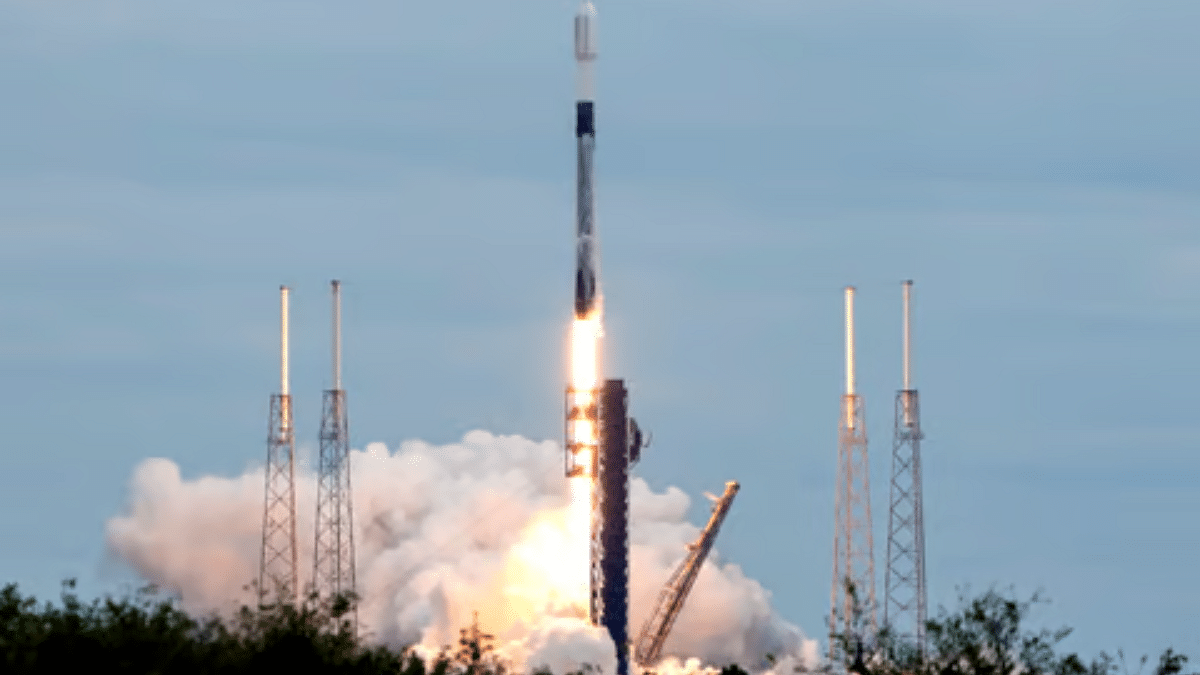Bengaluru: Indian space agency ISRO’s communications satellite GSAT-N2 was launched by Elon Musk-owned SpaceX’s Falcon 9 rocket Monday from Cape Canaveral in the USA.
The satellite, also known as GSAT-20 or CMS-03, belongs to India’s GSAT series of national communications satellites for telecommunications and television.
The spacecraft, which weighs 4,700 kilograms, was initially scheduled to be launched on India’s LVM3, but overshot the weight limit by 700 kg, paving the way for the more powerful Falcon 9. GSAT-N2 was launched into a geostationary orbit.
The launch also marked a deviation from ISRO’s custom of using the European Ariane rocket series, as they are fully booked for the next few years.
This was the first time SpaceX launched a payload for the Indian government, as a consequence of LVM3’s cap of 4,000-kg launch weight and the Ariane’s unavailability. The last GSAT, GSAT-N1 or GSAT-24, was launched in June 2022 on an Ariane 5 rocket from French Guiana.
The launch is the first following a contract between New Space India Limited (NSIL) — ISRO’s commercial payload arm — and SpaceX, announced in January this year.
What is GSAT-N2
The satellite is described as a “high throughput” communication capsule, which aims to enhance broadband internet and in-flight connectivity across the Indian subcontinent. It works on 32 user beams to transmit signals, with eight narrow beams dedicated to the north-eastern part of the country, and 24 wide beams for the rest of the mainland.
GSAT-N2 carries with it two solar arrays on its north and south side, which have been deployed after insertion into orbit. There is also an on-board propulsion system to steer the satellite whenever necessary over the course of its life.
Apart from communication transponders, it carries a sun sensor, earth sensor, a star sensor, and an inertial reference unit, all of which provide attitude control and angle data in space.
The satellite is not in its final orbit yet, and would perform orbit-raising manoeuvres over the next two months before reaching its home spot in space.
The Falcon 9 rocket, which flew for the 19th time Monday, landed back on Earth — touching down on SpaceX’s drone ship — after about eight and a half minutes from liftoff.
(Edited by Tikli Basu)
Also Read: ISRO prepares for responsible space missions, aims to go debris-free by 2030

